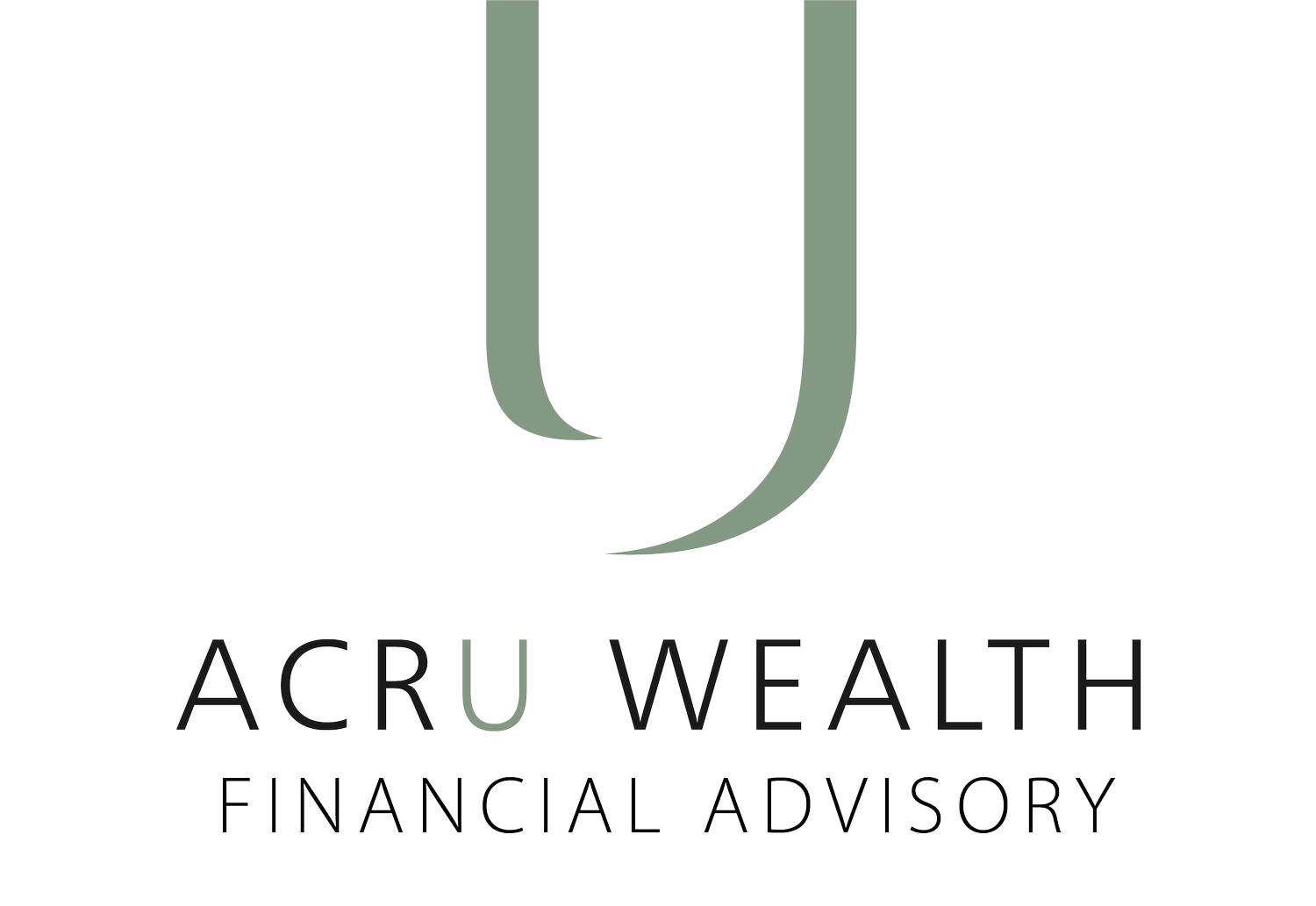
Debt Management
Debt is not a dirty word! Perhaps we should say instead that it doesn’t need to be.
How you feel about it will likely depend on whether you are controlling your debt or feel that it is controlling you. Effective debt management enables most of us to achieve amazing things, like buying a home, or investing for the future. Like many areas of life, just because you can, doesn’t always mean you should. When we’re helping with your financial world, we help you sit in the driving seat when it comes to your debt, and make sure it makes sense for your goals.
Managing your debt is not just about the interest you pay, but also the type of assets you’re investing in and prioritising your debts. There are two basic types of debt we use in our everyday lives:
Inefficient debt, and
Efficient debt
WHAT’S INEFFICIENT DEBT?
Inefficient debt is used to buy goods, services and assets that don’t generate any income. This means you need to rely on your own income sources and assets to repay this debt. Also, the interest cost on this type of debt is not tax deductible. Examples include home loans, credit cards and personal loans. This type of debt can impact other wealth building opportunities. Generally speaking, it is better to reduce this type of debt as quickly as possible and try to repay those charging the highest interest rate first. There are a number ways this can be done, such as consolidating your debts into the loan with the lowest interest rate.
WHAT’S EFFICIENT DEBT?
Efficient debt is used to buy assets with the potential to grow in value and generate an income. They can benefit you in two ways:
The income from the asset can be used to help repay the loan, and
The interest cost may be tax deductible, helping to minimise any tax.
This type of loan is often used to help build long-term wealth. Examples include investment property loans, investment loans and business loans. Just because it is efficient it may not be good debt. All debt costs money. The money it takes to service a debt could be used in any number of other ways. Let us help you understand whether your debt makes sense for you.
SHOULD YOU BORROW TO INVEST?
Borrowing to invest (also called gearing) allows you to invest in assets you wouldn’t otherwise have been able to. It can help spread your money across different investment types, which can help reduce risk. This greater exposure gives you the potential to magnify your returns, but can also magnify your losses. It amplifies the good and the bad. If you have built up equity in your home or investment portfolio, you may be able to borrow against this equity.
MARGIN LOANS
Others take out special investment loans – often called margin loans. You can also borrow a lump sum with regular amounts to add to your investment – known as instalment gearing. Since the interest costs are usually tax deductible, gearing can be a tax-effective strategy. With margin loans, lenders allow a maximum gearing level known as the debt to asset ratio (or loan to value ratio – LVR). If markets fall and the value of your investment drops, a margin lender may make a margin call, requiring you to put up more money at short notice to restore the LVR. You might have to offer more security or even sell some of your asset holdings at current prices to bring your gearing down to the right level. Again, it is important to understand how this can amplify both the good and the bad of the asset it helps you access.
APPROACH
Retirees should consider how comfortable they are taking on more debt or focussing on eliminating their debt. Margin loans should only be considered by investors who are comfortable with an above-average level of risk. As any investment professional will explain, an opportunity should not be considered solely for its tax effectiveness. It needs to be measured by how strong the underlying asset is, and its potential for growth. Tax-effectiveness is a method which helps improve investment viability – it should not drive the decision.
Let the team here at ACru Wealth help you navigate the path ahead.
